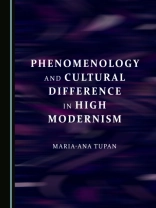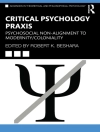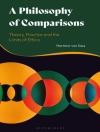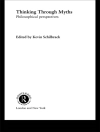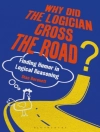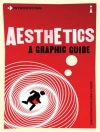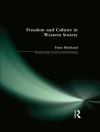Born at the intersection of literary analysis and cultural history, the present book collects evidence in support of the idea that, far from being decadent, in the sense of perverse pursuit of gratuitous refinement and aesthetic relief from historical apathy, the art at the turn of the twentieth century was energised by a desire for meaningful form, grounded in current epistemology, especially of the science maitresse of the time, psychology, and other kindred disciplines – psychological phenomenology and phenomenological existentialism.The circle of influencers has been broadened to include figures of the latter half of the nineteenth century and the beginning of the twentieth, such as Washington Allston, H. L. Mansel, Wilhelm Wundt, Alexander Bain, Alfred Binet, Alfred Adler, and Sandor Ferenczi, whose shadows are shown to be looming behind modernist texts by T. S. Eliot, James Joyce, Virginia Woolf, Thomas Wolfe, Wallace Stevens, T. E. Hulme, Flann O’Brien, Mircea Eliade, amongst others.A less-discussed subject, literary genre in modernism, is redefined in light of psychology-based modernist aesthetics.
Maria-Ana Tupan
Phenomenology and Cultural Difference in High Modernism [PDF ebook]
Phenomenology and Cultural Difference in High Modernism [PDF ebook]
Cumpărați această carte electronică și primiți încă 1 GRATUIT!
Format PDF ● Pagini 148 ● ISBN 9781527504936 ● Editura Cambridge Scholars Publishing ● Publicat 2023 ● Descărcabil 3 ori ● Valută EUR ● ID 9280301 ● Protecție împotriva copiilor Adobe DRM
Necesită un cititor de ebook capabil de DRM
